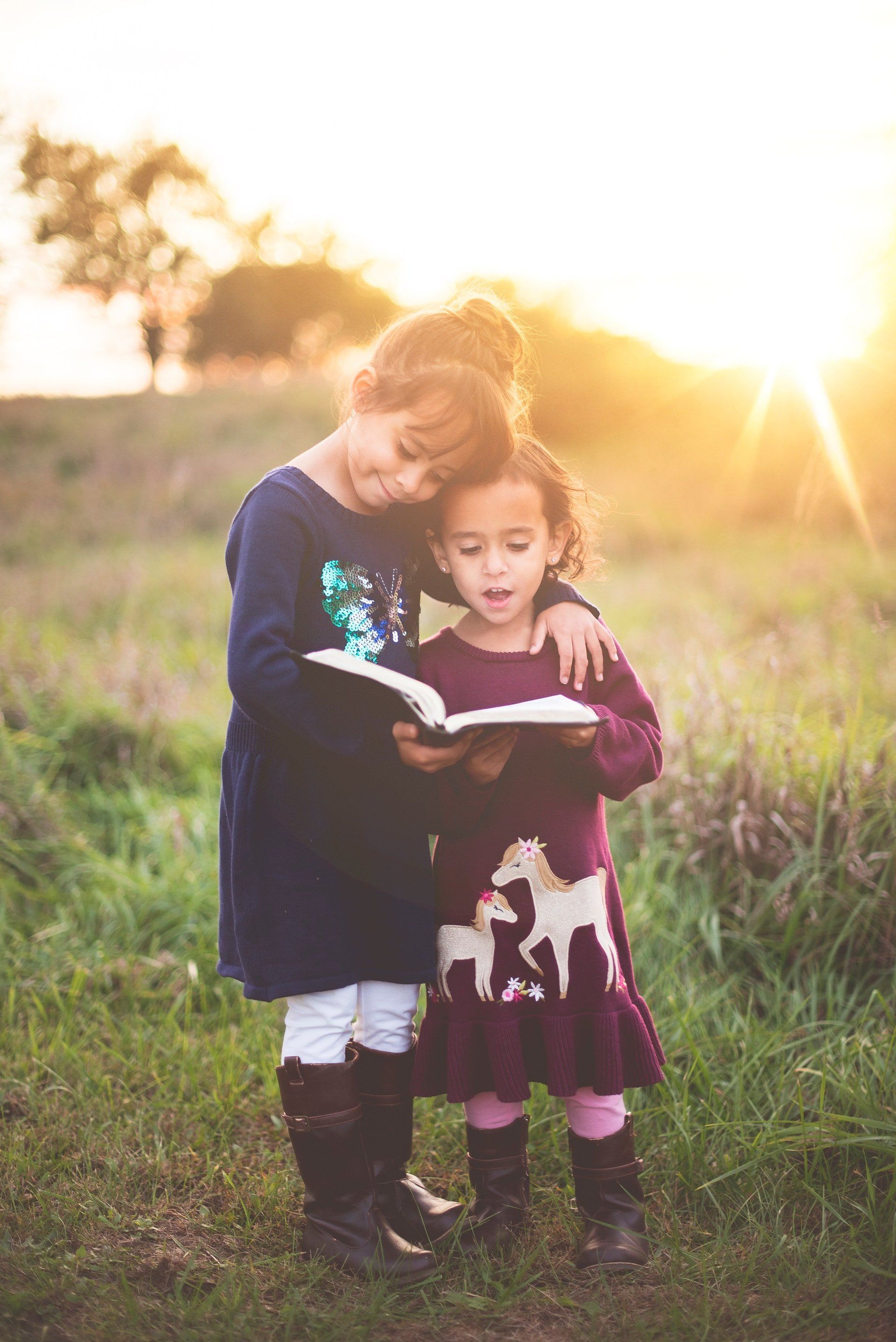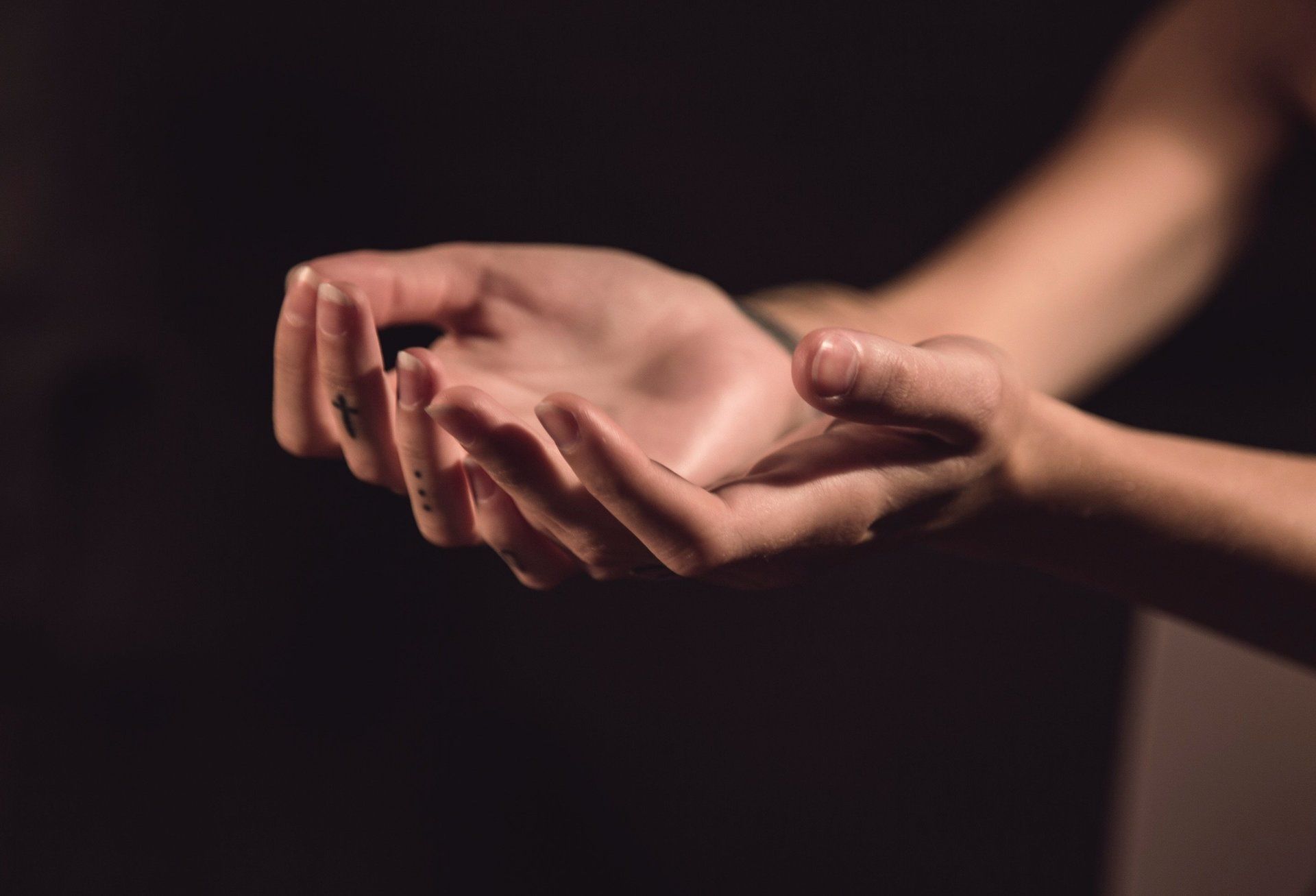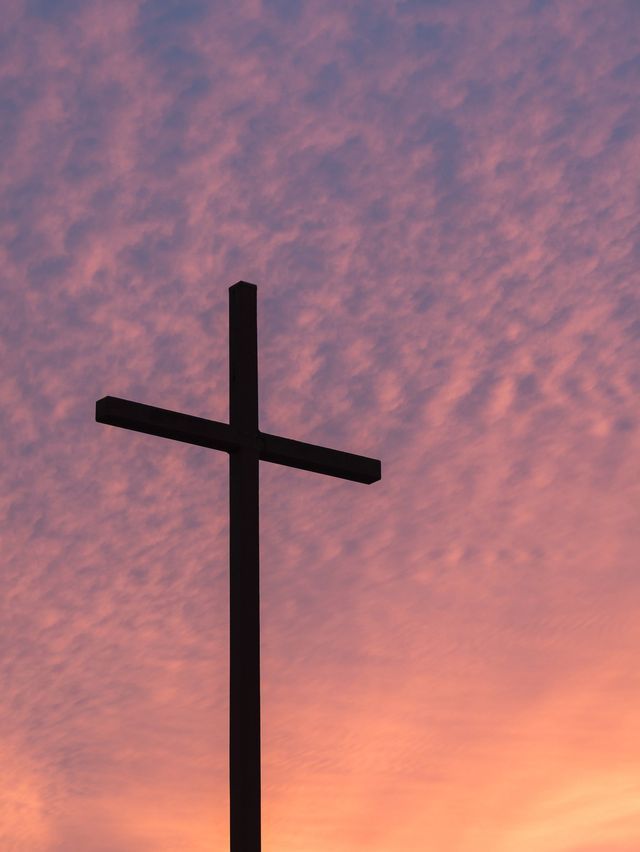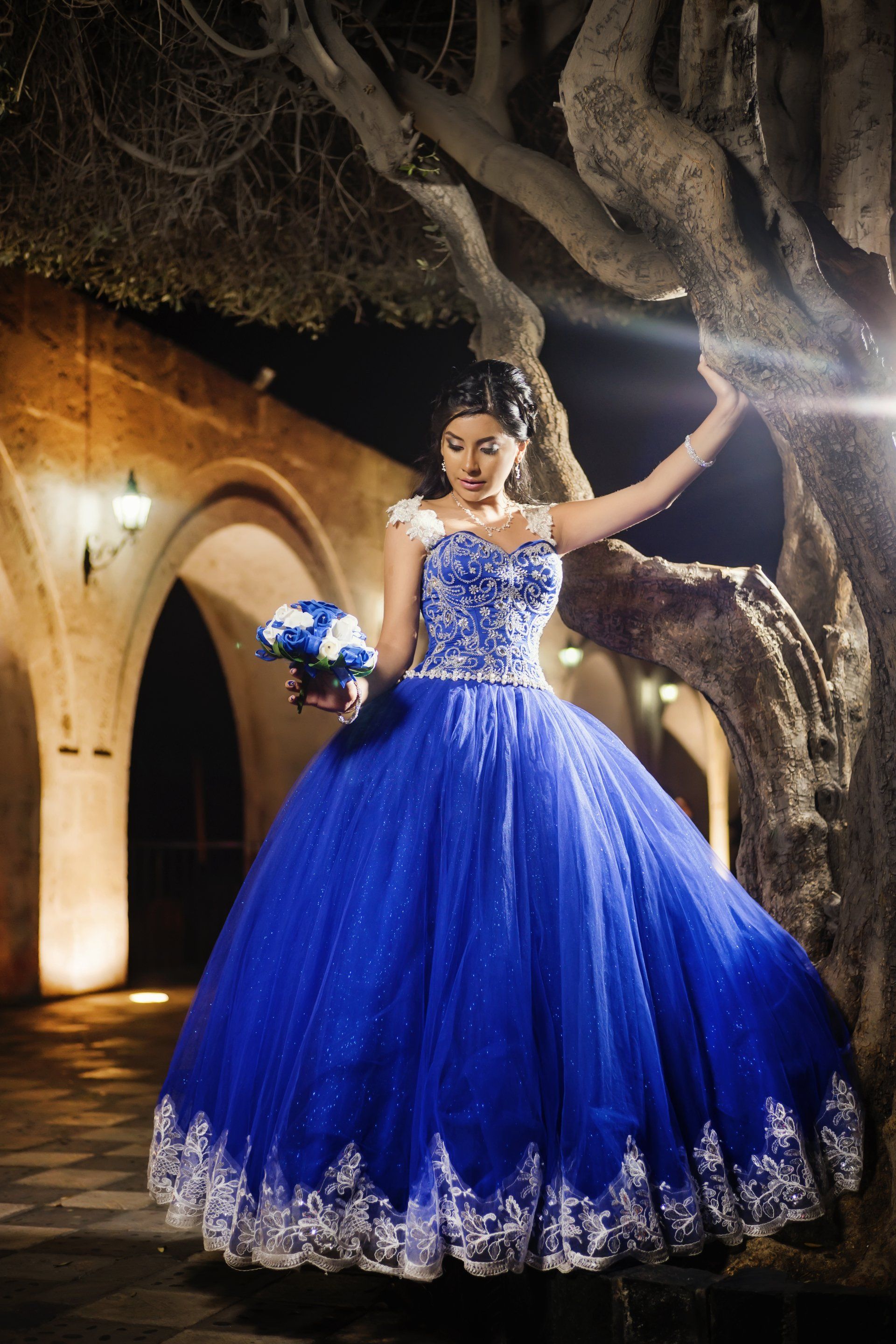The Cathedral Parish
Bridgeport, CT
Live Streaming
“You can support our live-stream Sunday Mass and the Cathedral Parish by making a donation”
With a link to your giving page
https://www.thecathedralparish.org/giving
“Building bridges between the Lord and His Church.”
Mass Times
Saturday Vigil: 4:00pm St. Patrick (English),
Sunday: St Patrick: 8:30am, 4:00pm (Igbo- Every 4th Sunday)
St Augustine: 7:00am, 10:00am,
11:30am (Spanish), &
2pm (Vietnamese)
Daily Mass:
Monday to Friday: 7:00am at St. Patrick (Federal holidays NO)
Monday to Friday: 12:10pm at St Augustine
Tuesday:
7:00pm (Spanish) at St. Patrick
Confession:
Monday to Friday: 11:15am - 11:50am at St Augustine
Tuesday: 6:15-6:45pm at St. Patrick
Saturday: 2:30-3:15pm at St Patrick
Eucharist Adoration:
Monday to Friday: 11:00am - 12:00m at St Augustine
Tuesday:
6:00-7:00pm at St. Patrick
Every First Friday of the Month
Primer Viernes del Mes
11:00 12:00 PM - St. Augustine Cathedral
Follow Us
Keep up with our latest news
Sign up for Flocknote and help our parish communicate announcements and updates in a way that is efficient for us and convenient for you.
Loving Christ, Loving Others
We are a welcoming Catholic community called by God to live out the message of Christ in love and service to all people. Our parish mission is:
To proclaim the Gospel of Christ to our local community in word, deed, and truth















